The Indian electric-vehicle market is evolving, but the most promising EV startups are witnessing monetary losses even as sales rise. The EV industry has touched the milestone of one-million-unit sales in 2022, accounting for 4.7 % of overall automobile sales, reaching ~4 % penetration for total two-wheelers volumes and ~50 % for three-wheelers volumes.
EV startups in India raised a total of $1.66 billion in 2022, a leap of 117 & from 2021, a report by market intelligence platform Tracxn declared. It counted that the sector registered only four $100 million+ investment rounds in 2022, compared with just two in 2021. Late-stage funding in the sector also rose 124 % to $1.02 billion in 2022. Early-stage funding saw a massive boost of 160 % from $202 million in 2021 to $526 million in 2022. The average ticket size of early-stage investments climbed sharply by 112 % this year, according to the Tracxn report.
What is the perception?
Research and development cannot bear shortcuts or cost cuts when it comes to innovation in any sector. The engineers, researchers, and developers at the biggest automobile OEMs have discovered this the tough way- that there is no other suitable way to comprehend and enhance a product than to research, test, break, improvise the existent configuration, and repeat.
Ola has surely disrupted the existing ways of doing things in the automobile sector, but its incapacity to provide its promised performance over extended periods is growing mistrust among potential electric vehicle buyers. One of the company's blogs, states, “We are one of the most advanced OEMs in using digital tools and that enables us to bring products to market faster without compromising any quality.”
This has led to new skepticism for other players in the EV sector, especially in the two-wheelers segment.
What is happening on ground zero?
Rising battery prices and supply-chain delays in 2022 had driven up costs further for emerging EV makers.
EV owners are extremely sensitive about unit economics and cashflows. For these owners to maximize the usage of their assets, battery swapping is a practicable option, at least in the short term till the time technological advances acquire a better balance between charge time and cost of the battery.
The current FAME scheme provides incentives for the purchase of a new vehicle but does not offer meaningful assistance for the replacement of batteries.
While 5 % Goods and Services Tax (GST) has been levied on electric vehicles, most of the spare parts are taxed at 28 %. Furthermore, charging-related services, both station-based charging as well as battery swapping, are taxed at 18 % GST.
The potentiality of things in the EV sector?
Providing a higher tax shield on R&D spend will incentivize the manufacturers to invest in the localization of the supply chain and develop products that are more suitable for Indian operating conditions.
There is a critical necessity to cut the GST rate across the value chain and on the services ancillary to the EV industry.
Till the time India develops its battery cell manufacturing infrastructure, imports will continue to play a crucial role. Importing duties on the cells will reduce the cost of EV vehicles and will make them more affordable.
Unlike well-established automobile companies, EV startups have little room to operate by cutting back on expenses or research and development to prevent losses. The companies must continue spending to develop and build new models.
Investors of the emerging startups in the electric vehicle sector should focus and provide resources to EV startups so that they stand out by successfully differentiating their products on the market.


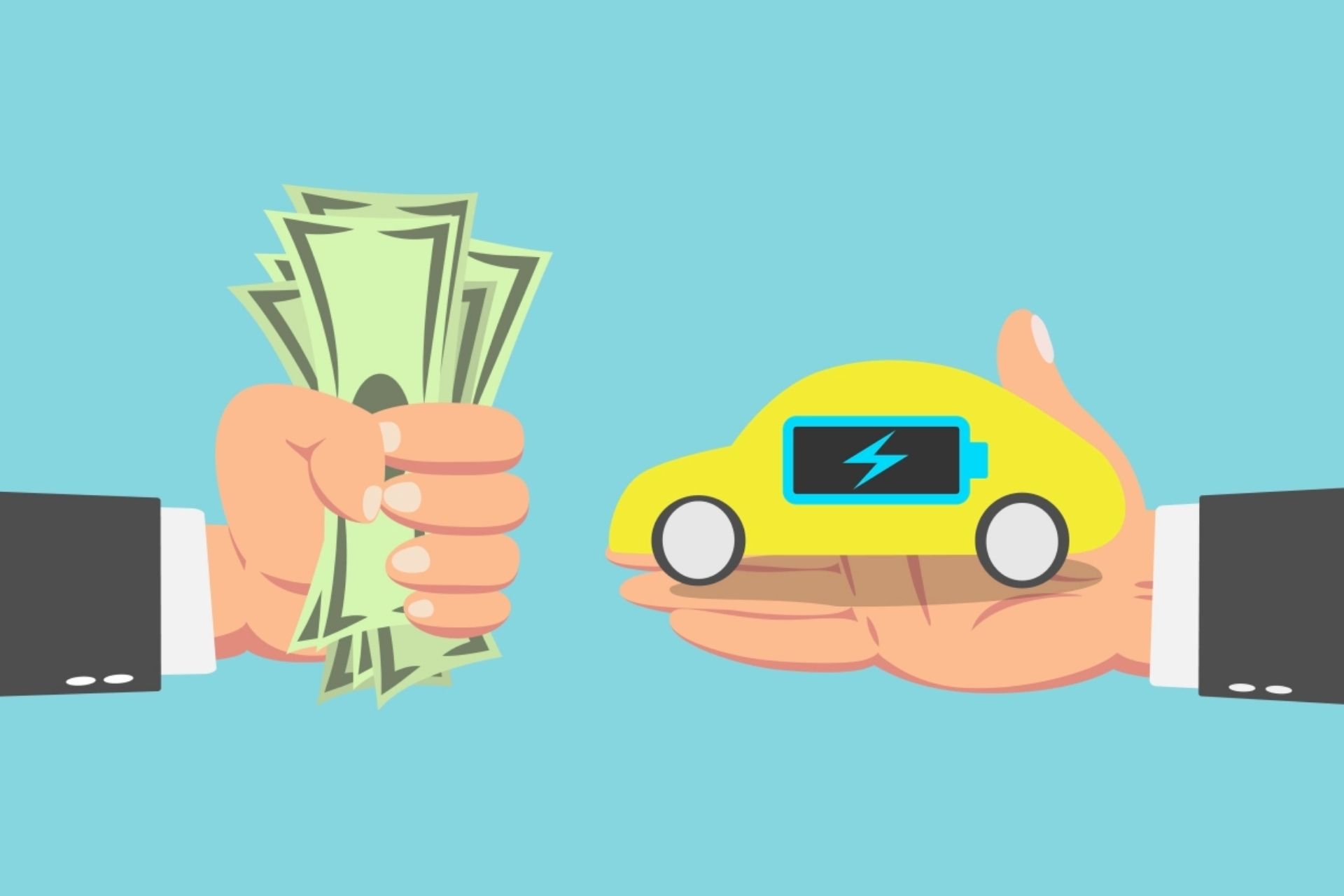
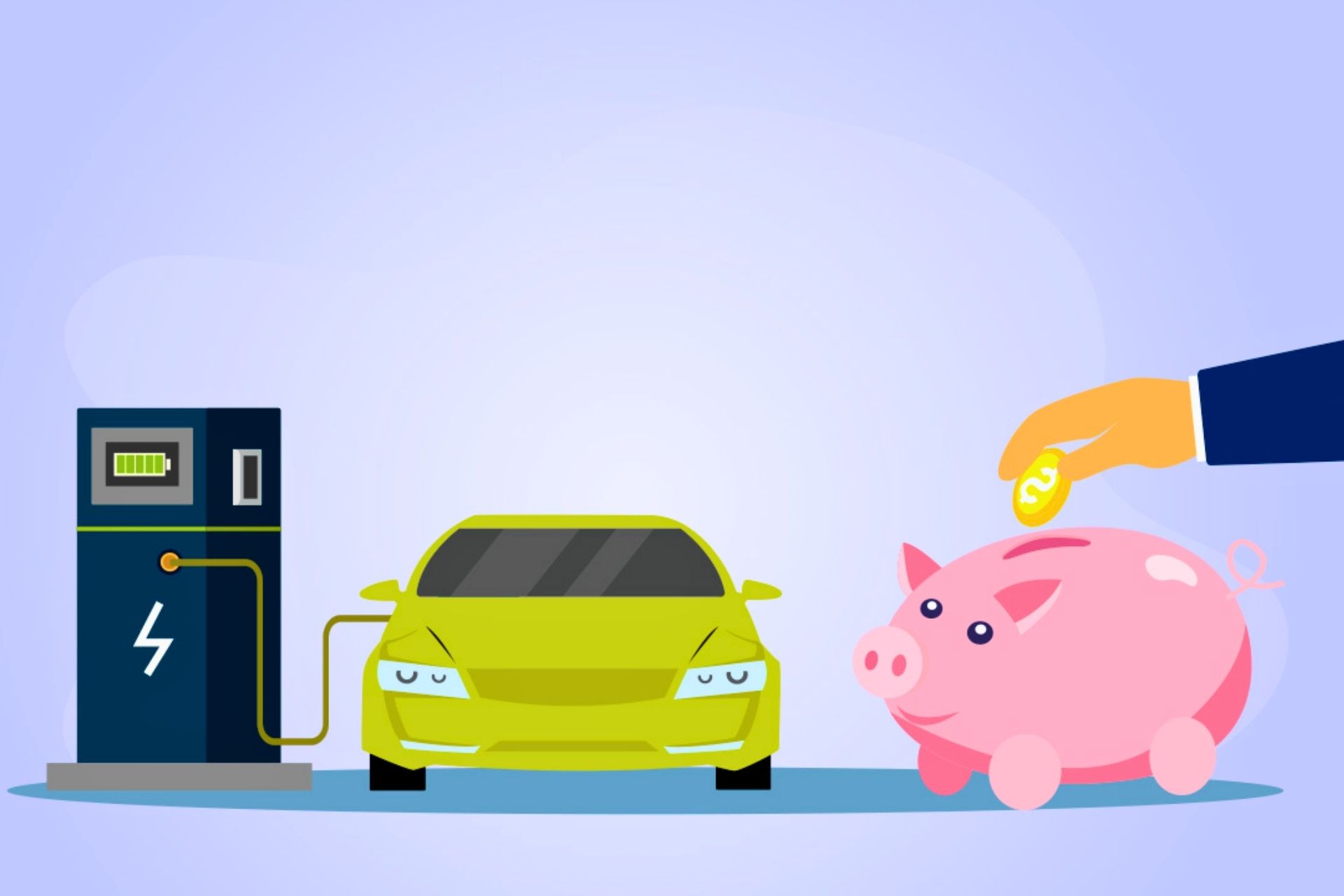
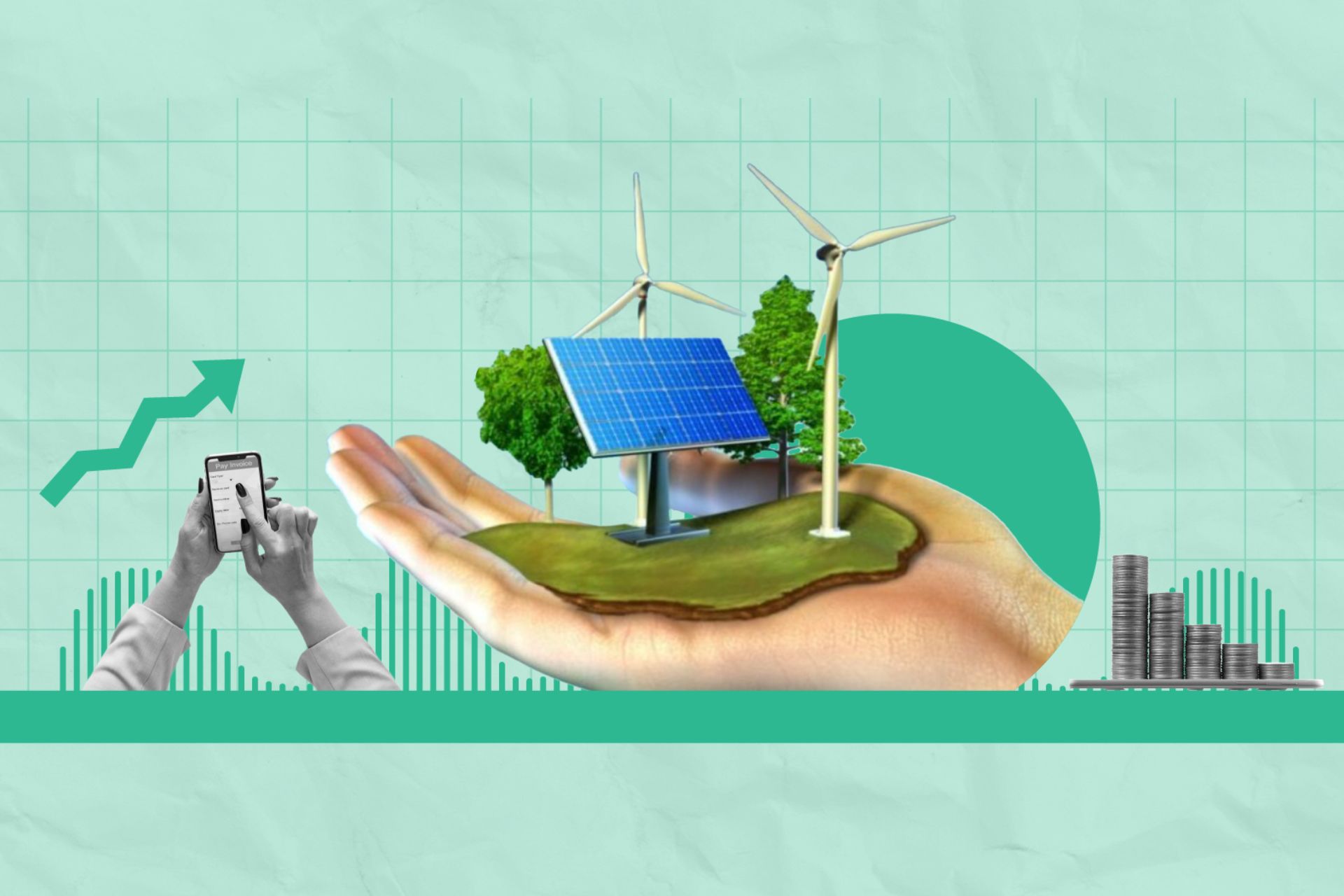
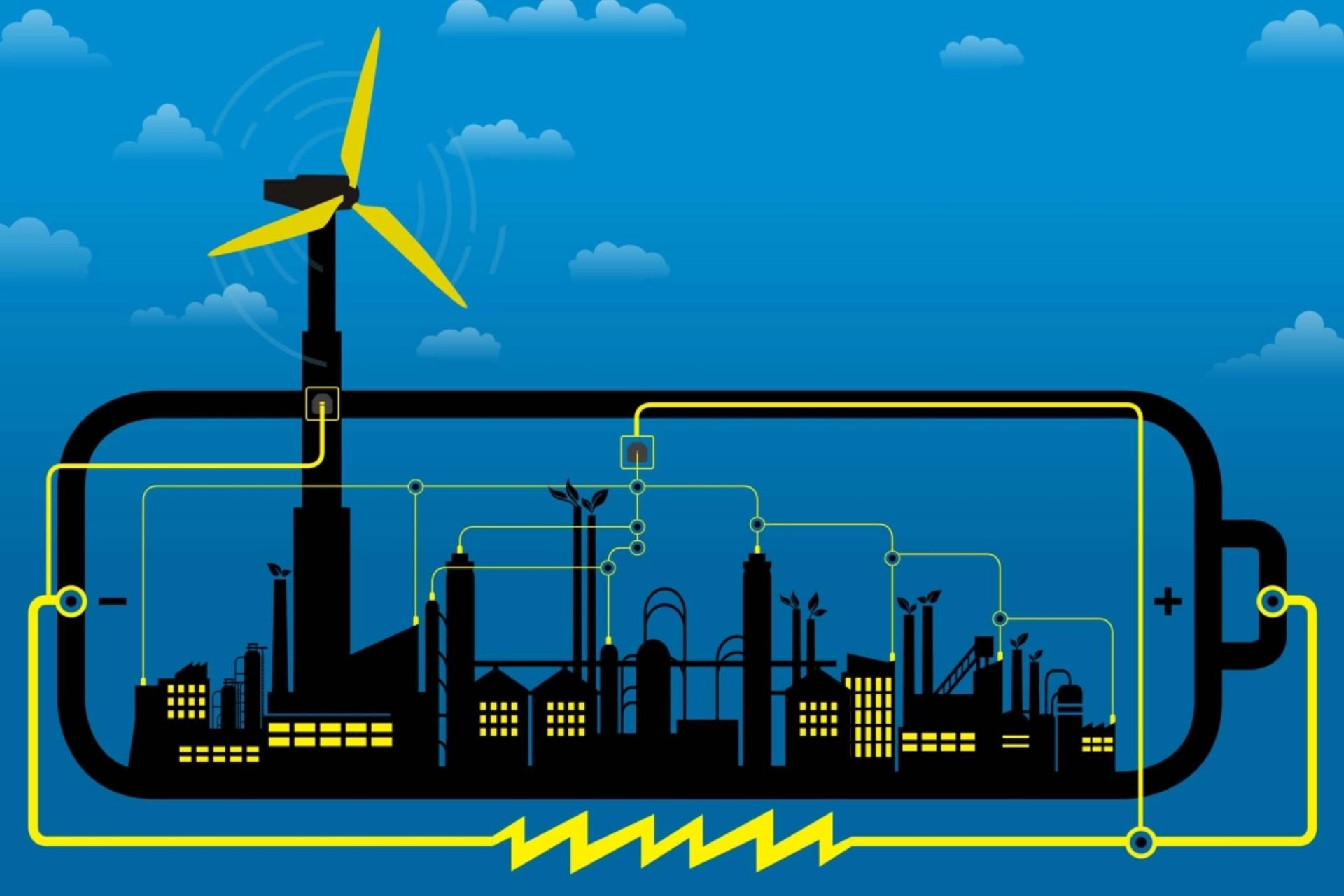
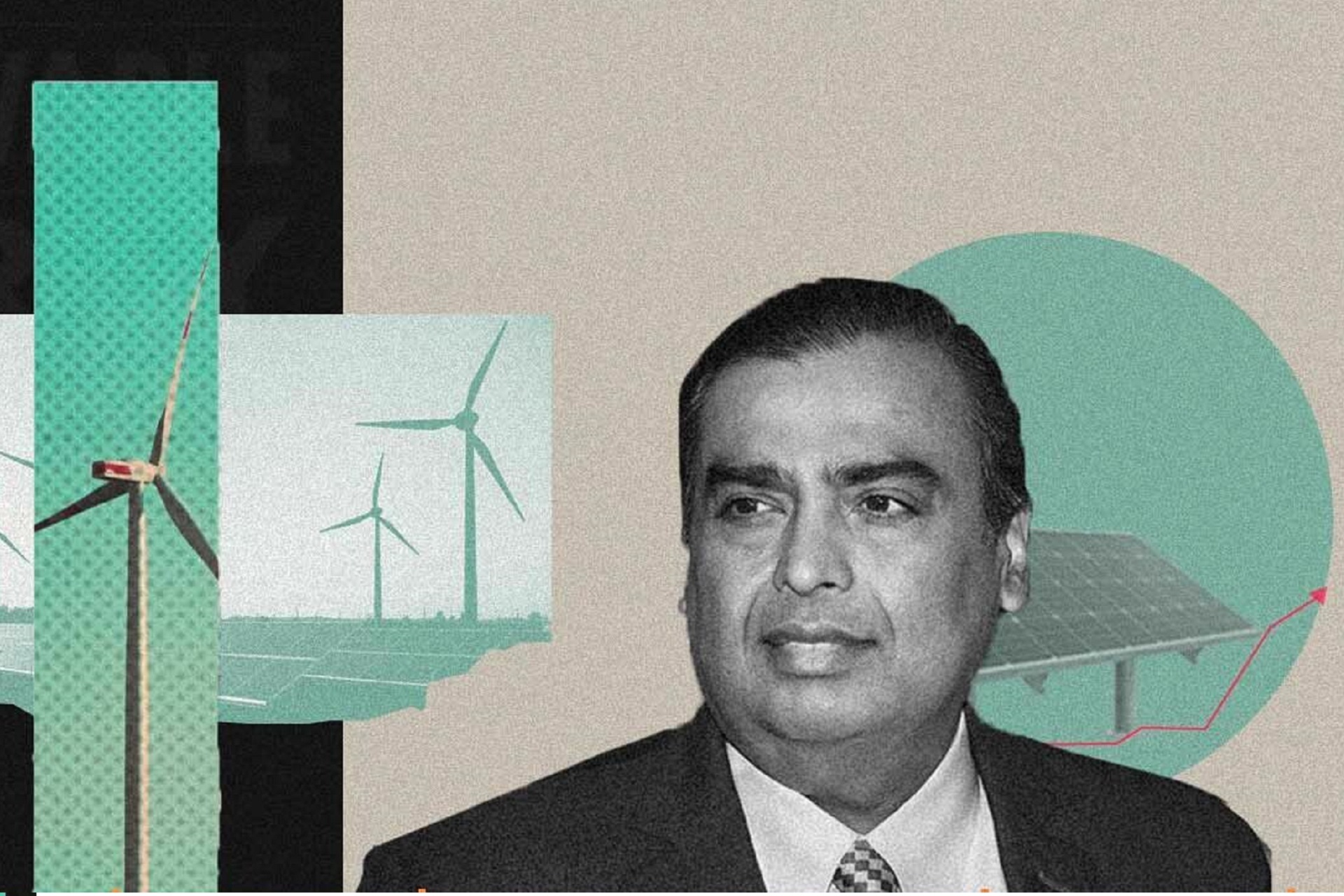
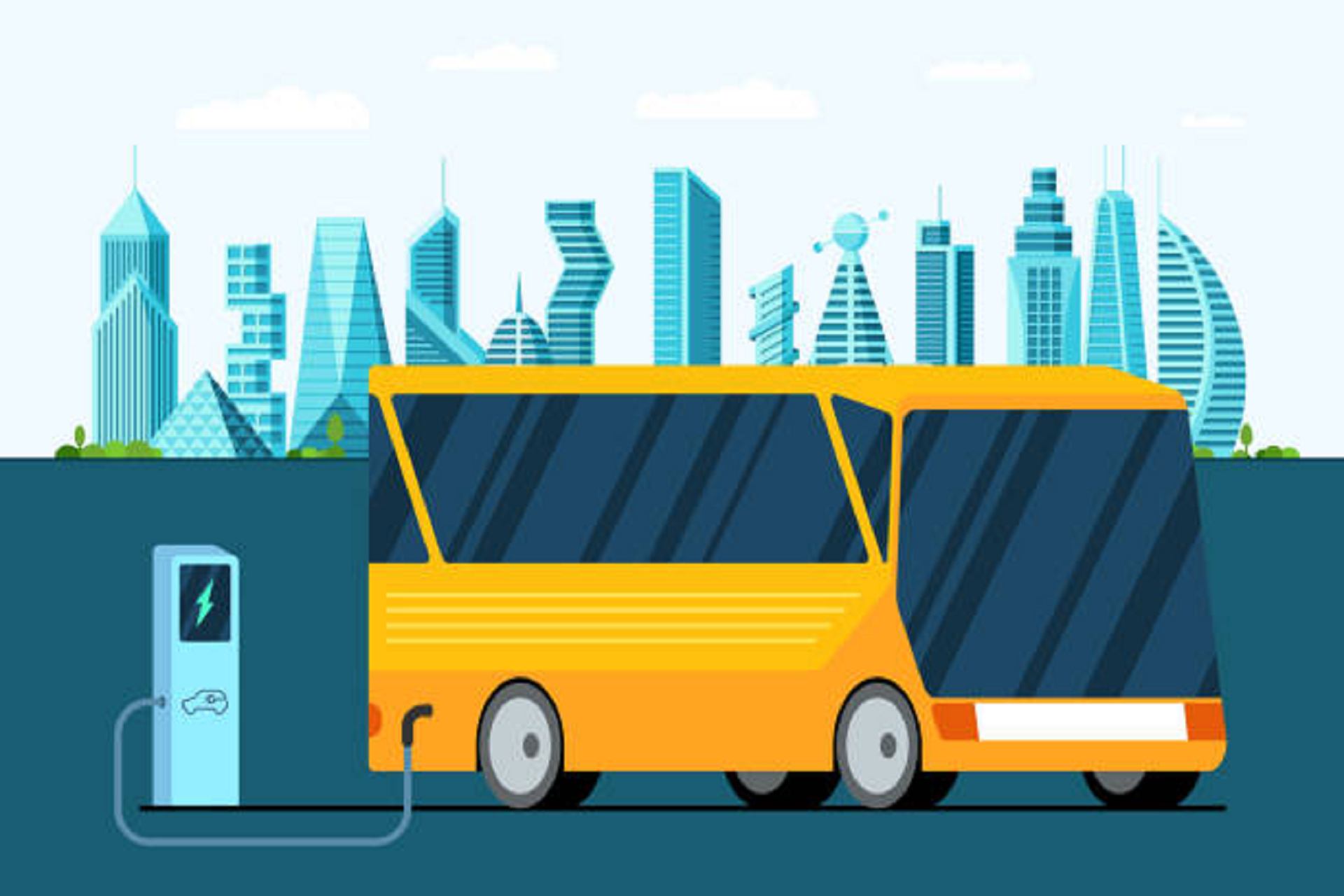
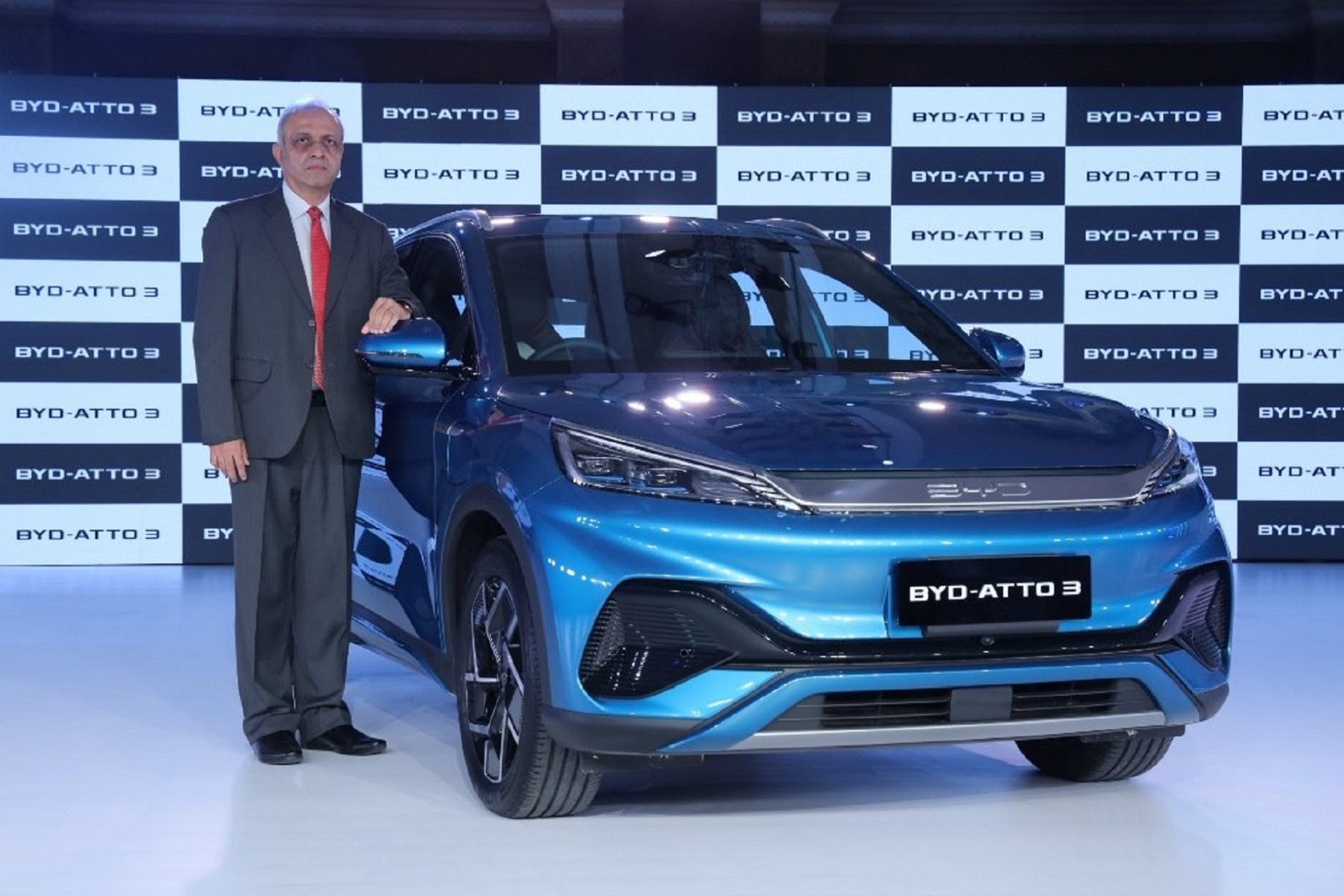
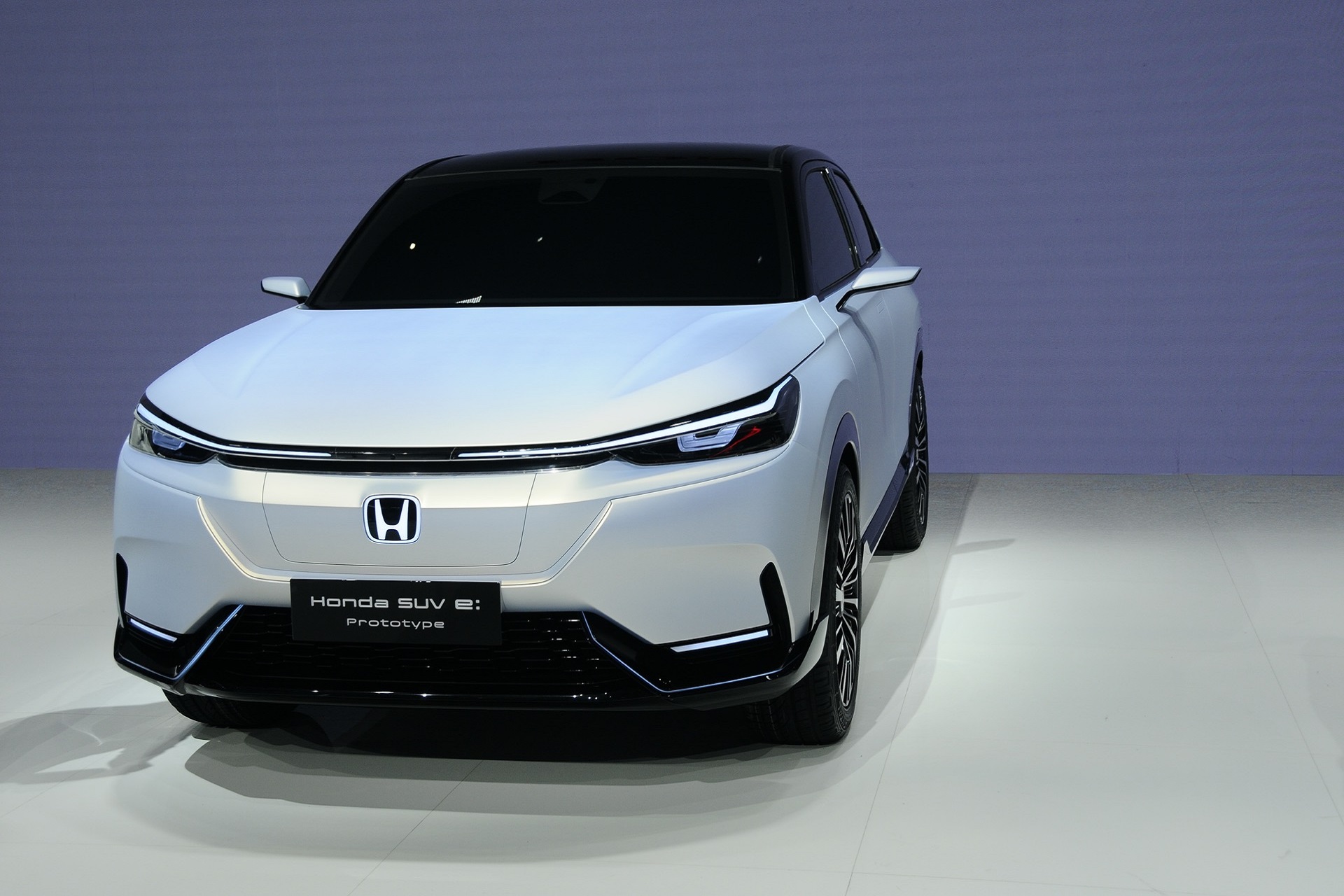
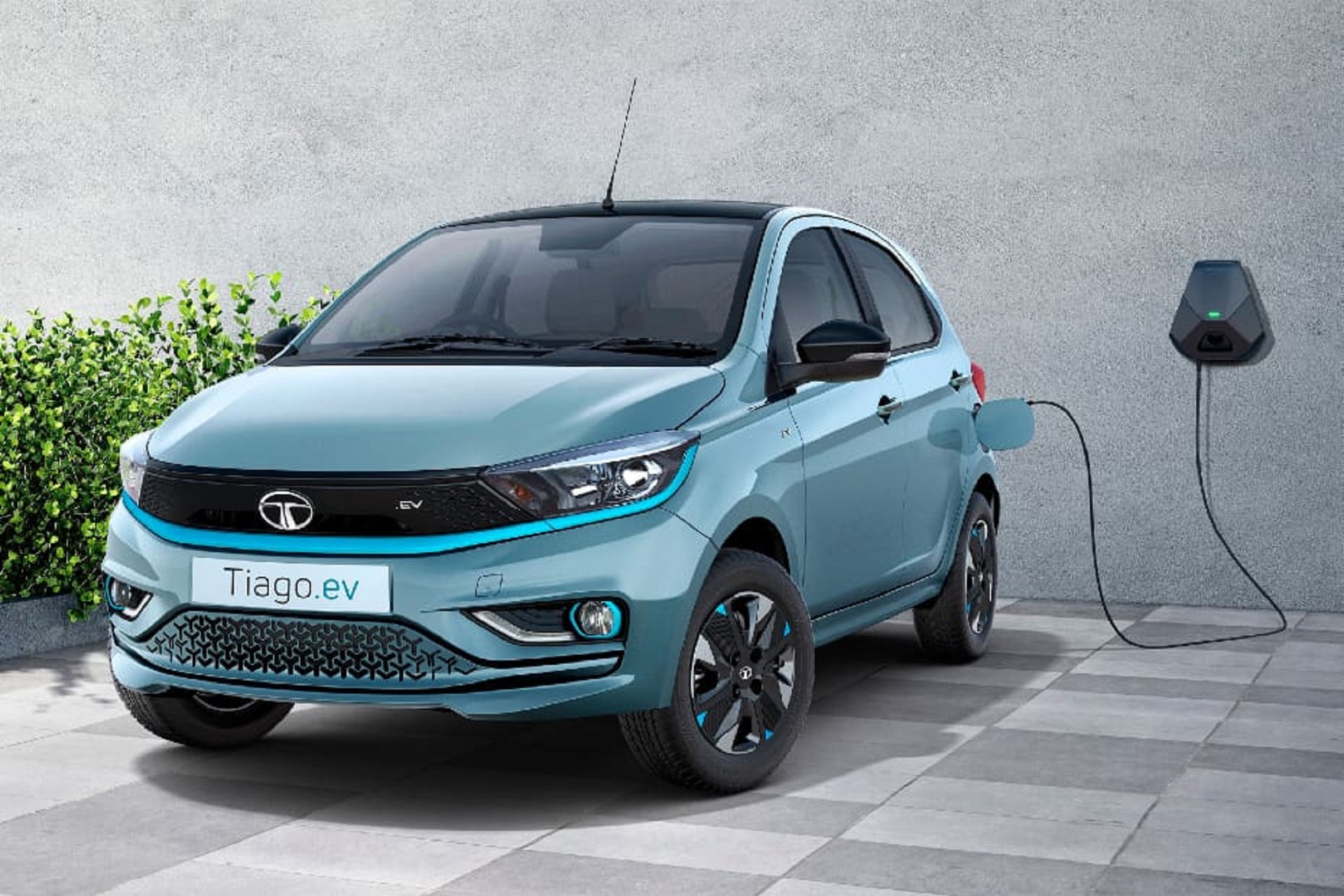
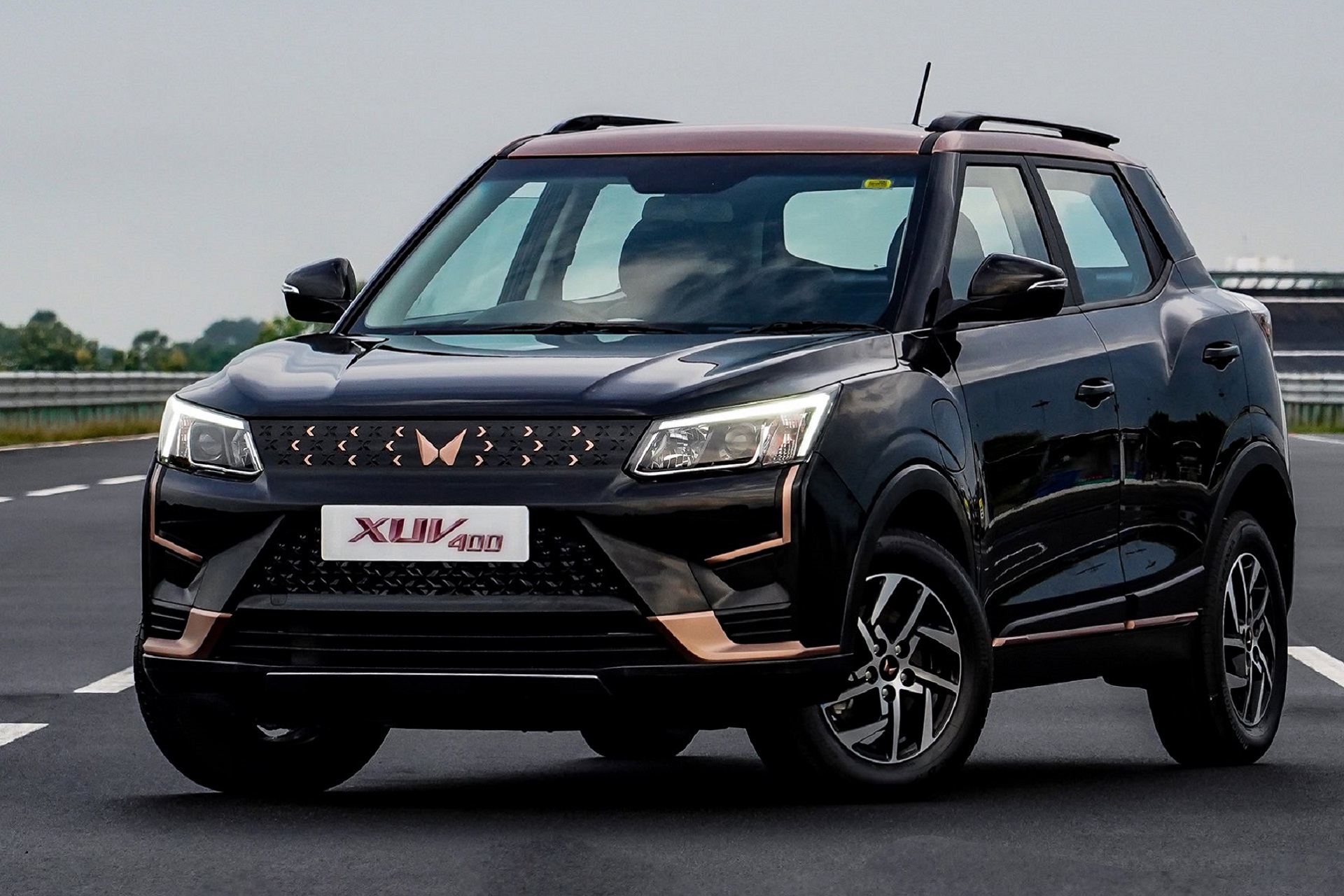

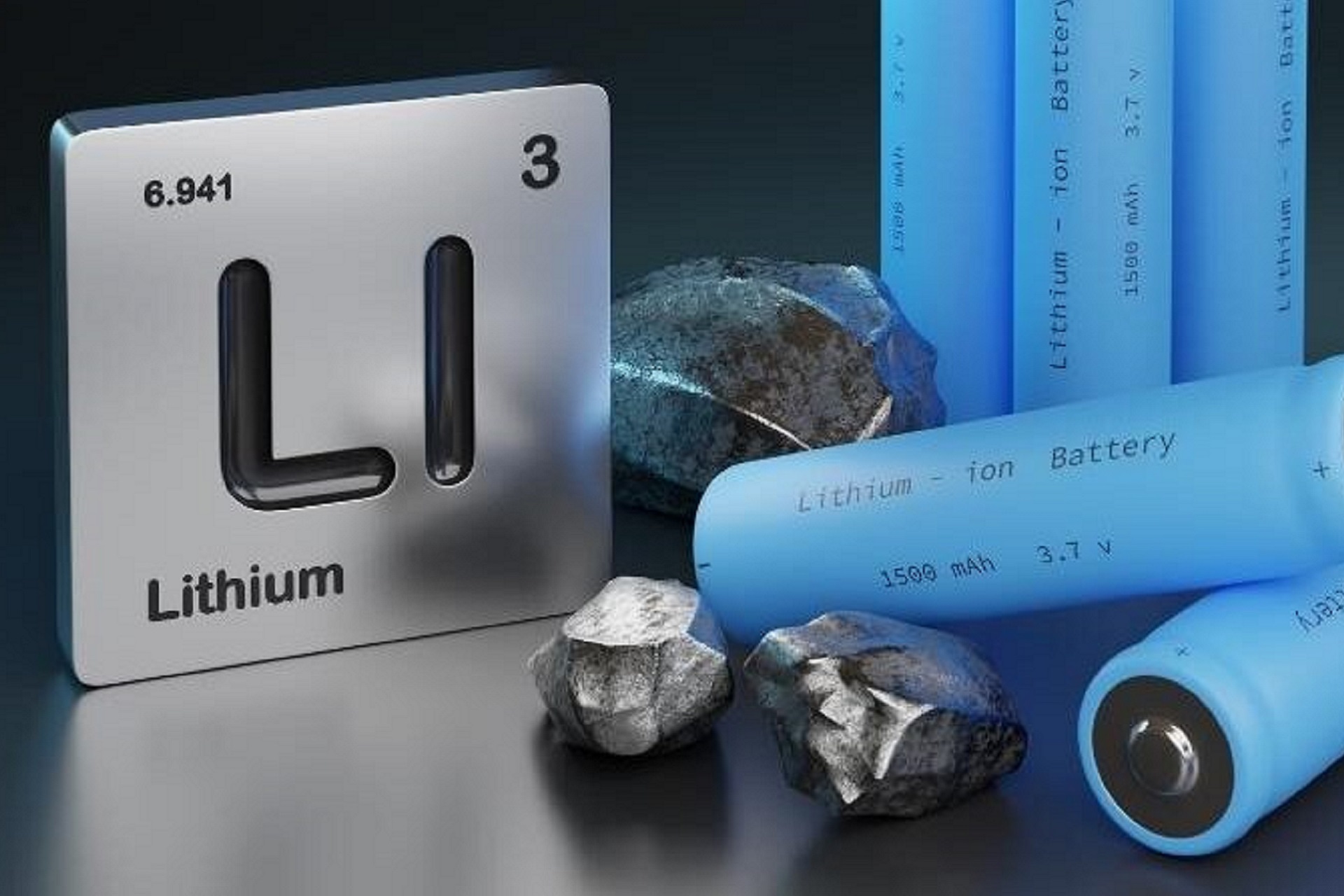
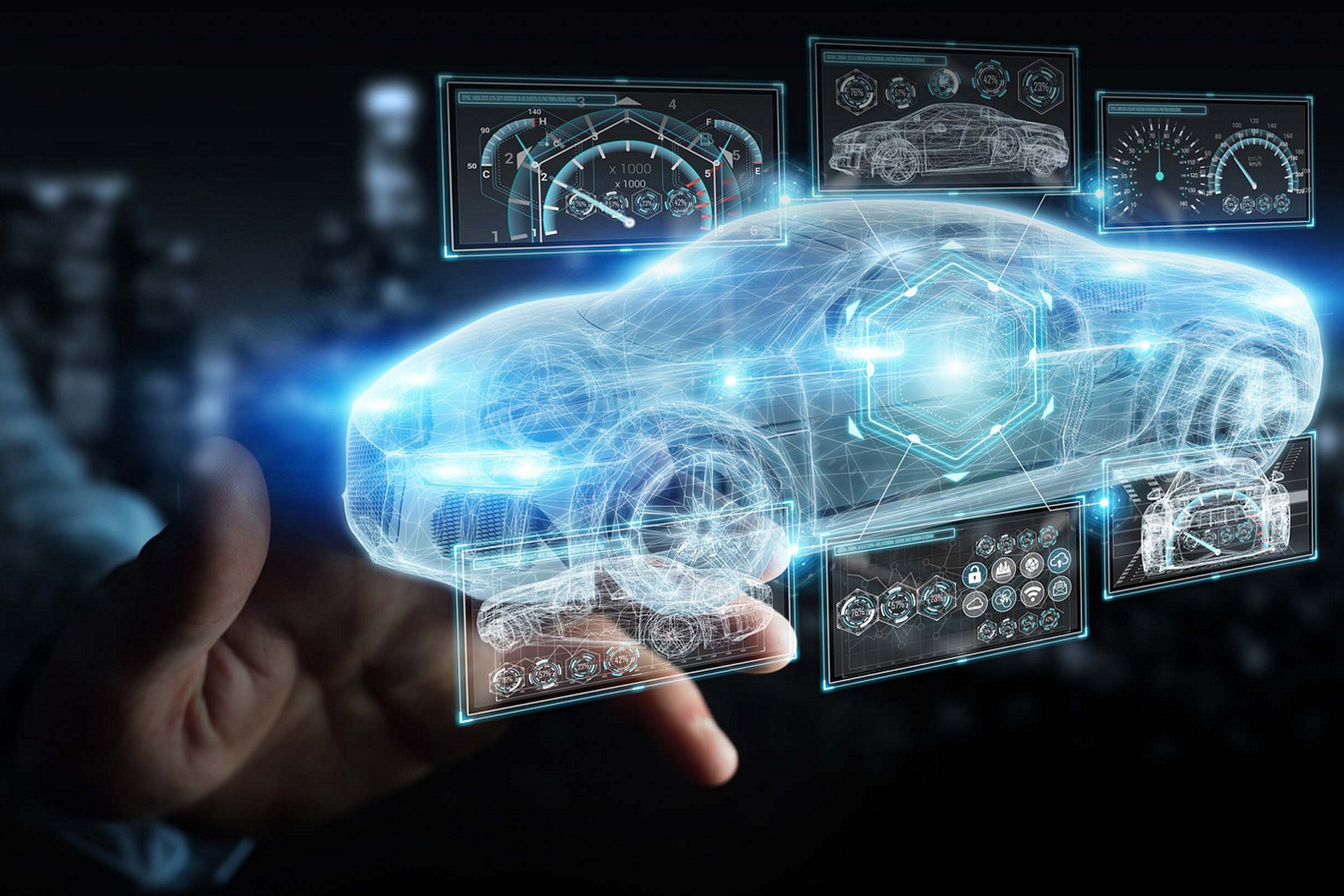
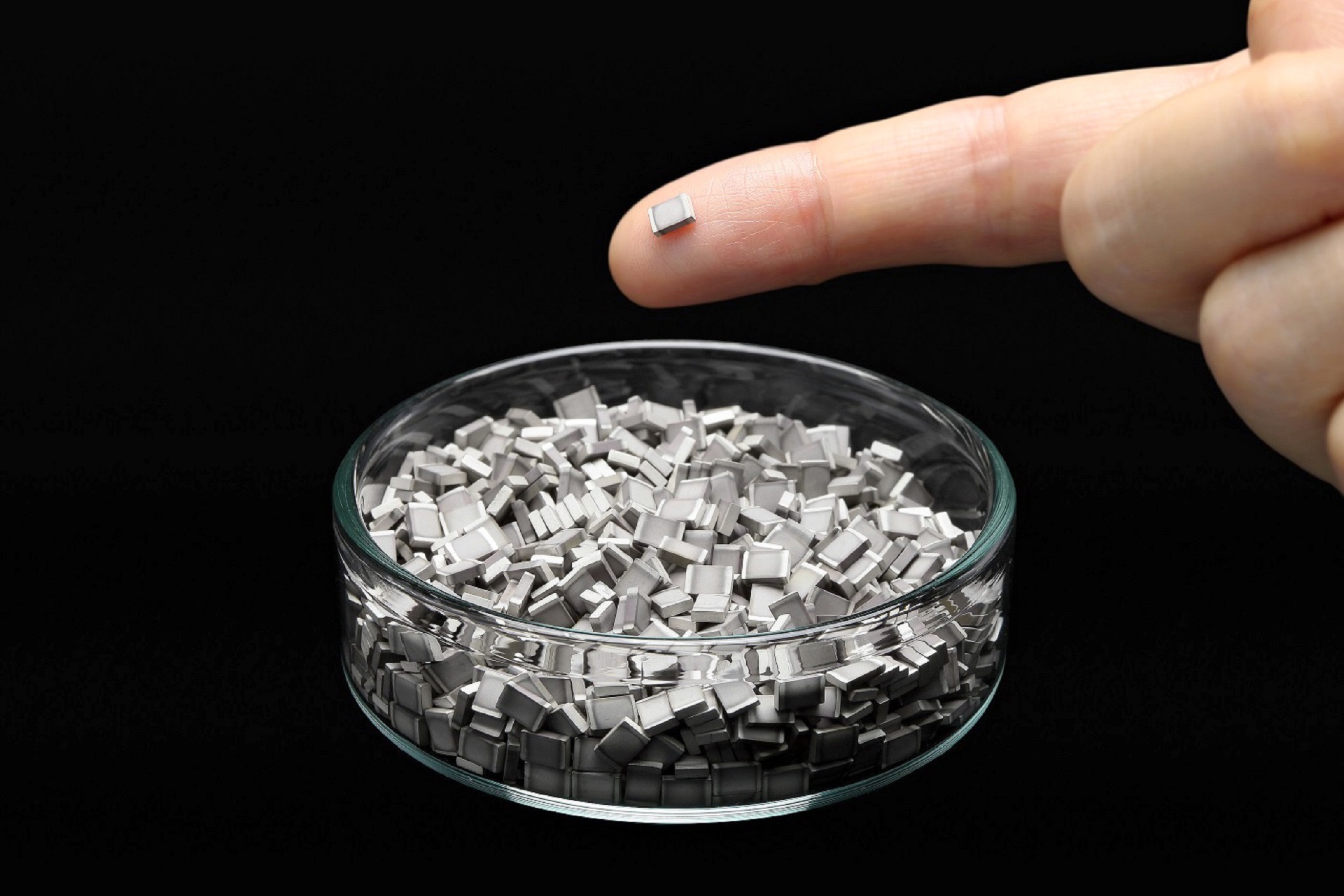
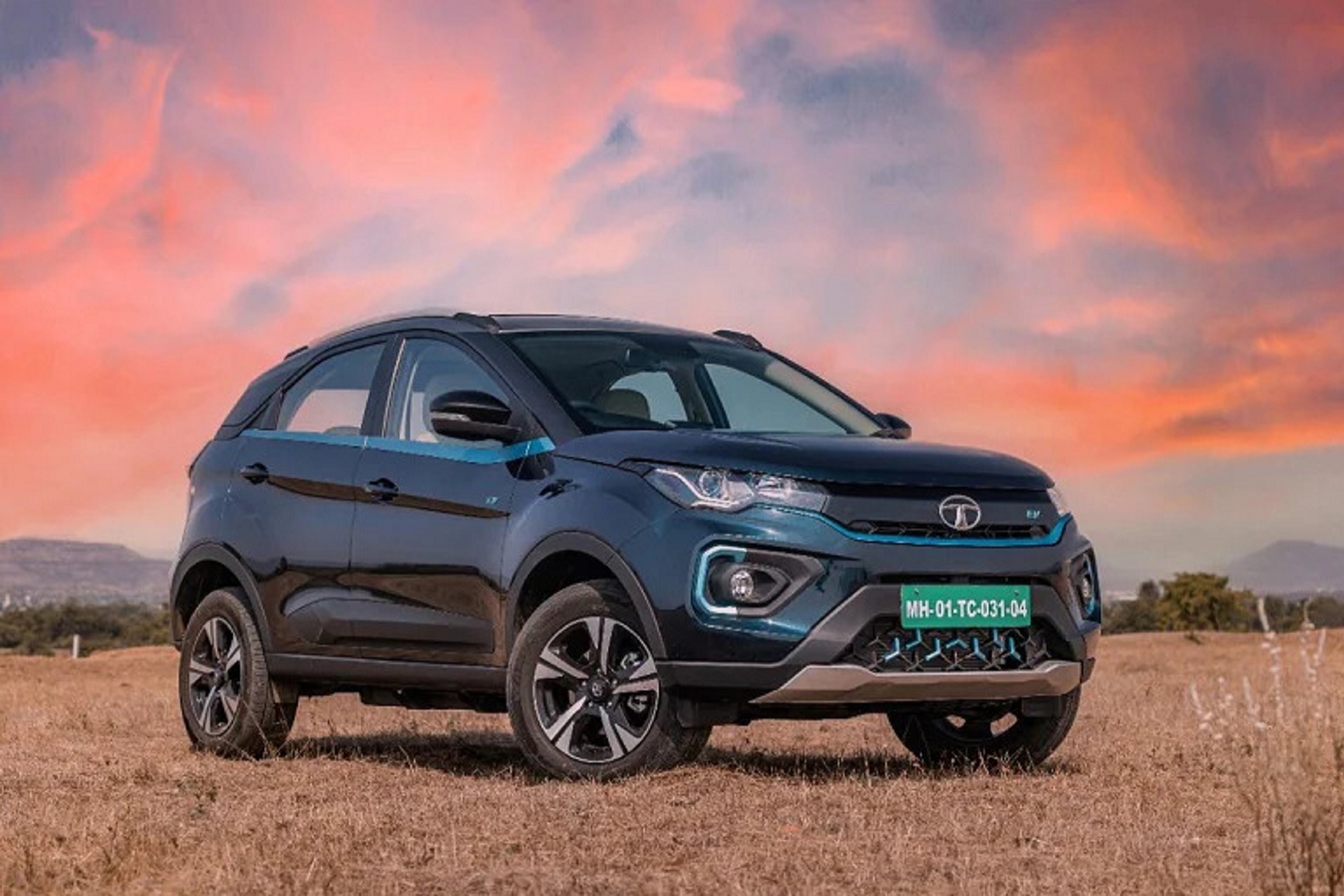
Please Login / register to post your comments!!
0 Comments